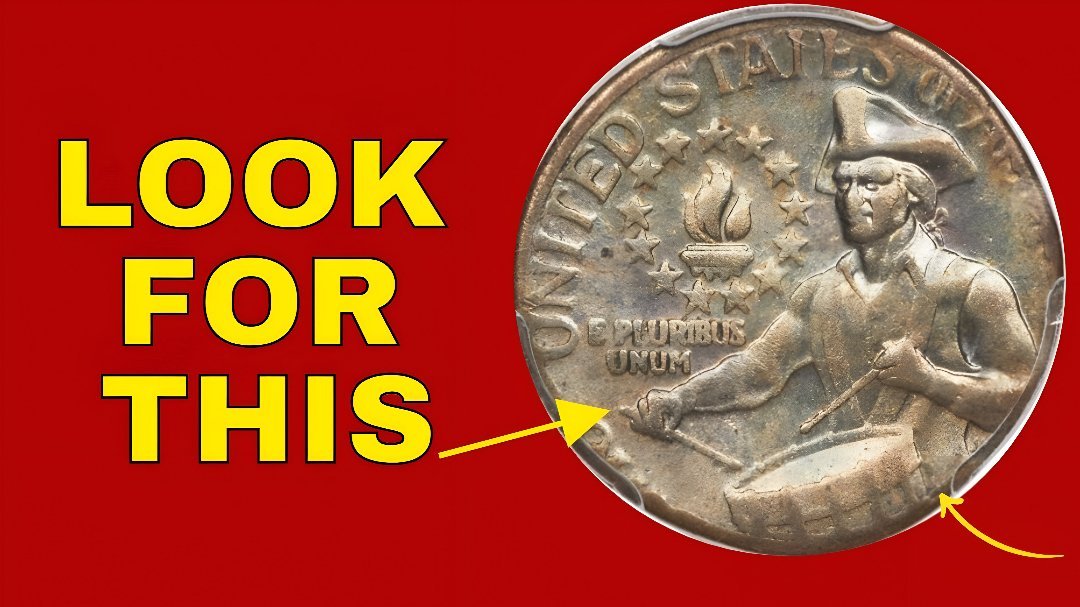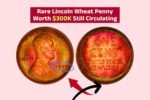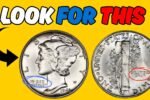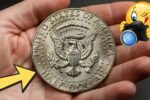A Look Back: The Bicentennial Quarter
Issued in 1975 and 1976 to commemorate the 200th anniversary of American independence, the Bicentennial Quarter stands out with its unique reverse design. Instead of the traditional eagle, the back features a Colonial drummer with a torch encircled by 13 stars—symbolizing the original colonies. More than 1.6 billion of these quarters were minted, making them a common sight in American currency even today. So why the sudden buzz over a coin that’s seemingly so ubiquitous?The Billion-Dollar Rarity
While most Bicentennial Quarters are worth only their face value, rumors have swirled about an ultra-rare variant of the coin. This specific quarter is believed to have been misstruck or minted using experimental materials, such as a 90% silver planchet (coin blank) or a unique error that escaped quality control at the U.S. Mint. According to collectors and unconfirmed reports, one such coin, bearing subtle differences imperceptible to the untrained eye, has been appraised at an astonishing $2.5 billion. Experts suggest that this valuation is not just due to the rarity of the error, but the historical timing, condition, and potentially even ownership or provenance tied to the coin.Still in Circulation?
The idea that a coin worth billions could still be clinking around in pockets and vending machines has stirred the imaginations of both numismatists and casual collectors. Since the Bicentennial Quarter remains in circulation nearly 50 years after its release, the possibility—however remote—exists that the rare piece hasn’t yet been found or recognized. This theory isn’t without precedent. There have been several instances where rare coins, some worth thousands or millions, were discovered in pocket change or old jars. In 2005, for example, a rare 1913 Liberty Head nickel—previously thought lost—was found in a family collection and sold for millions.What to Look For
If you’re tempted to start sifting through your loose change, here are a few signs to keep an eye out for:-
Material and Weight: A standard Bicentennial Quarter weighs 5.67 grams and is composed of a copper-nickel blend. A quarter struck on a silver planchet will weigh slightly more.
-
Mint Mark and Date: While all Bicentennial Quarters are dated “1776–1976”, rare ones might exhibit anomalies around the mint mark (D, S, or none).
-
Errors or Misstrikes: Off-center strikes, double dies, and other mint errors can dramatically increase a coin’s value.
-
Condition: Coins in uncirculated or proof condition with sharp details and no wear are more valuable.




